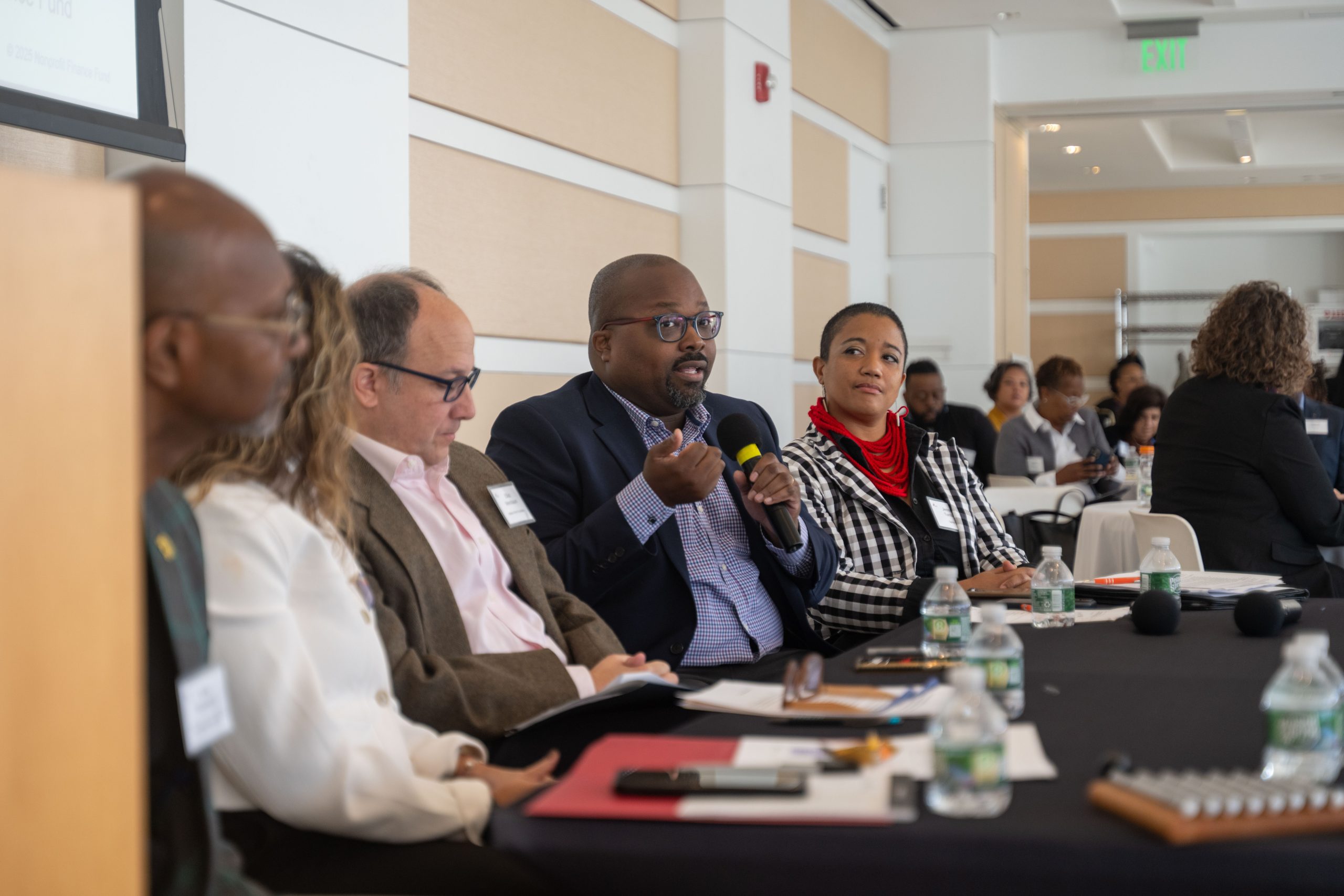Anyone who shops for groceries, worries about recent bank failures, or wonders how to save for things like car repairs or college tuition understands economic uncertainty. When nonprofits experience that same uncertainty, their leaders must not only deal with the financial implications but also continue to advance their missions, hire staff, and foster community wealth and well-being.
While foundations and government agencies have a responsibility to bolster grantees that rely on their support, nonprofit leaders can also take actions to better navigate economic uncertainty. Here are six things nonprofits can do now.
Assess strengths, risks, and challenges
It can be daunting to analyze organizational risks and opportunities, especially for nonprofits that operate with a thin margin.
- Assess strengths such as community trust and relationships, staff expertise, and community impact. These are often unrepresented on a balance sheet because they are difficult to measure. Try to quantify these assets.
- Consider whether challenges are temporary — in which case something like a bridge loan or line of credit could provide short-term stability — or fundamental, which could require a new business model or new forms of support.
- Anticipate, to the degree possible, how current economic conditions may affect demand for programs and services.
- Develop different budget scenarios, accounting for continued inflation, late government payments, and declining philanthropic support or earned income.
Sometimes foundations will fund a nonprofit’s efforts to engage in financial analysis and planning; nonprofits can also access resources from membership organizations and free tools provided by the Nonprofit Finance Fund and others.
Be open about your financial situation
Keep grant makers informed of the economy’s impact on service delivery. While power dynamics can complicate these conversations, we consistently hear from grant makers that early communication — updates rather than direct asks — helps foundations better support grantees in uncertain economic times. Not all foundations will entertain such requests, but, as relationships permit, consider sharing:
- Ways your nonprofit supports the community, especially at a time when people may be struggling to put food on the table.
- Your role as an employer and driver of economic health and what that requires (the need to offer staff living wages and good benefits, for example).
- What you need, whether that is funding to cover true costs, more flexibility with applications and reporting, or additional funds to adjust for inflation.
Coordinate and collaborate with peers
Coordination takes time, but it can bolster efforts to secure support to cover the full costs of programs and to compensate staff members fairly. For example, several FamilySource Centers recently came together to petition the City of Los Angeles for increases in the amount the city compensates them for their social, educational, work, and family support services. These nonprofits explained that while rates have been the same for many years, costs have gone up. Some changes — like an increase to the minimum wage — were good for nonprofit staffers but weren’t accounted for in existing contracts. The budgeting process is still underway, but the city has proposed an increase that aligns with their request.
Some organizations have extended collaborations born from the response to Covid. In Massachusetts, the Coalition for an Equitable Economy began as a means to help organizations, led by and serving people of color, secure Covid emergency funding. After many of these organizations were shut out from first-found Paycheck Protection Program funding, the coalition helped them secure millions in second-round PPP relief. It is now a permanent advocacy group for entrepreneurs of color.
Advance equity
Communities of color are disproportionately affected by economic downturns. Plus, many BIPOC-led and -serving nonprofits have not had equal access to resources, as detailed in NFF’s 2022 State of the Sector Survey. Amid ongoing uncertainty, everyone in the nonprofit world, including nonprofit leaders, can help organizations led by and serving people of color secure the resources they need. For example, the Seattle Human Services Coalition recently reported that when Covid first hit, several well-resourced organizations declined unsolicited emergency grants and suggested the money be given to smaller BIPOC-led nonprofits. Well-resourced nonprofits can help in a few ways:
- Acknowledge and amplify that work that BIPOC-led organizations do in their communities and to advocate for more equitable systems.
- Open up networks and make introductions between well-established foundations and community-centered BIPOC-led nonprofits that offer complementary services.
- Advocate for better government reimbursements, timely payments, inclusive government planning and contracting processes, and other practices that help everyone and support racial equity.
Reject the assumption that bigger is always better
Nonprofits and businesses are often encouraged to grow. But investing in things that make you more stable without growing — staff retention, systems, financial reserves — is also a valid option, especially in times of uncertainty.
- Ask and evaluate: Is growth a reasonable and useful goal at the moment?
- Identify other goals that will help meet current community needs.
- Communicate with your board about the investments needed for stability and long-term service to the community — which are exciting and important, though not as “flashy” as physically opening a new building, for example.
- When appropriate, make the case to grant makers for stability for staff and deeper work with existing clients instead of “scale.”
Reassure staff, if you are in a position to do so
Staff members are a nonprofit’s most important assets. A new survey by Forvis found 50 percent of nonprofits are having difficulty delivering programs and services due to staffing shortages, and 78 percent are trying to fill staff vacancies. You can calm nerves by:
- Sharing measures of certainty and stability, if possible. For example, if you know salaries are funded through 2023, let staff members know. This can reduce stress and aid retention.
- Consider other ways to care for staff, such as additional time off and other benefits that boost morale but don’t (or only minimally) increase costs, such as flexible work hours, staff meals, outings, and speakers. Protect against using sweat equity to compensate for insufficient funding. Too often this leads to personal hardship for staff members. It isn’t a fair or viable strategy.
By analyzing an organization’s financial position, taking a collaborative and equity-centered approach to challenges, and communicating clearly and frequently with grant makers, staff members, and other stakeholders, nonprofit leaders can steady their course through choppy economic waters.
Looking for more actions your nonprofit can take when the economy is challenging? Visit NFF’s “Building Resilience in Uncertain Times” resource.



Originally published in The Chronicle of Philanthropy, May 23, 2023